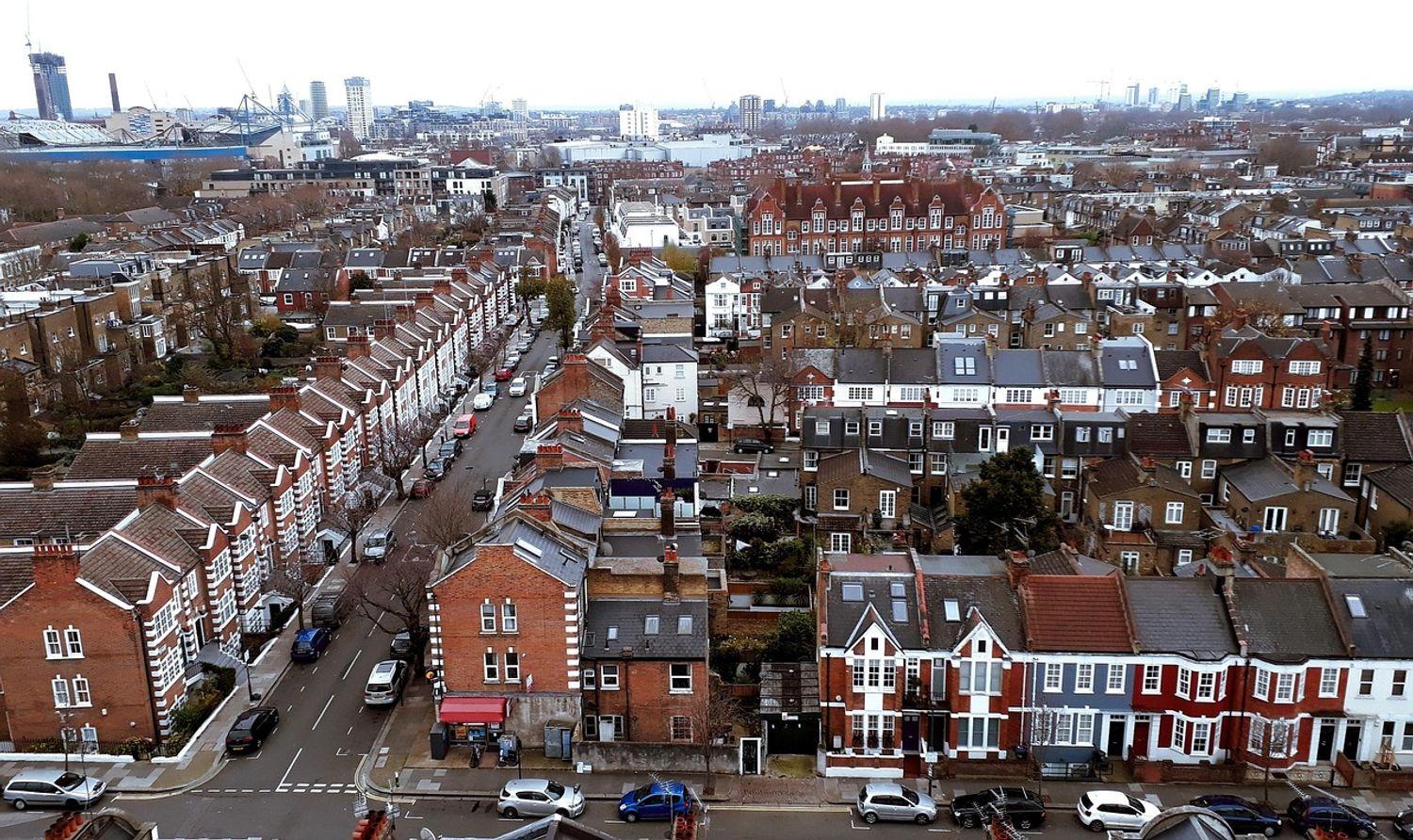The savanna is a vast grassland ecosystem that is home to a diverse array of wildlife. Located in Africa, South America, and Australia, the savanna is characterized by its rolling grasslands, scattered trees, and seasonal rainfall.
One of the most striking features of the savanna is its large mammals, which have adapted to thrive in this unique habitat. From majestic herbivores like elephants and giraffes to powerful predators like lions and cheetahs, the savanna is teeming with life.

In addition to its large mammals, the savanna is also home to a variety of smaller animals, including birds, reptiles, and insects. From the bright plumage of the flamingo to the stealthy movements of the python, the savanna is a place of endless discovery.
Despite its beauty and abundance of life, the savanna faces numerous threats, including habitat loss, poaching, and climate change. Protecting and preserving the savanna is essential for the survival of its incredible wildlife.
Whether you are marveling at the sight of a herd of elephants on the horizon or listening to the chorus of birds at dawn, the savanna is a place of wonder and beauty that should be treasured and protected for future generations.
Here are 25 animals that call the savanna home:
Elephant

One of the most iconic animals of the savanna is the elephant. These gentle giants are the largest land animals on earth and can weigh up to 24,000 pounds. They are known for their strong social bonds and intelligence, and are often seen roaming the savanna in large herds.
Giraffe
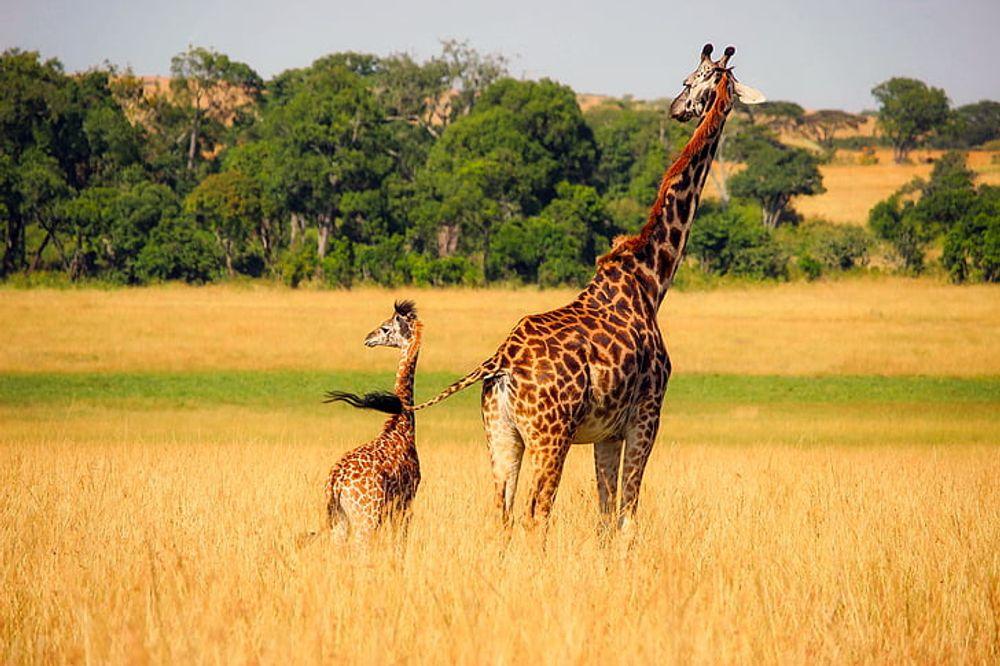
Giraffes are another iconic savanna species, with their long necks and spotted coats. These gentle giants can reach heights of up to 18 feet and are found throughout the savanna regions of Africa. They are herbivores and feed on the leaves of acacia trees, which they can reach using their long necks.
Cheetah
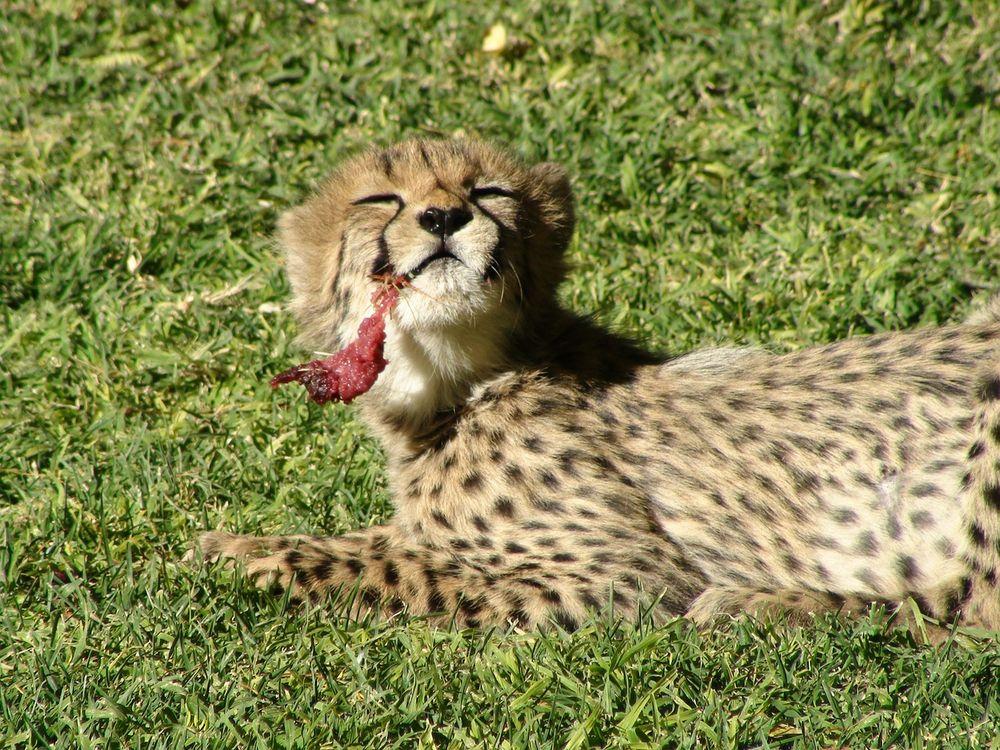
Cheetahs are the fastest land animals in the world and can reach speeds of up to 75 mph. These sleek cats are found throughout the savanna regions of Africa and are known for their striking coat and distinctive black "tear" markings on their face. Despite their speed, cheetahs are endangered and face threats from habitat loss and poaching.
Baboon
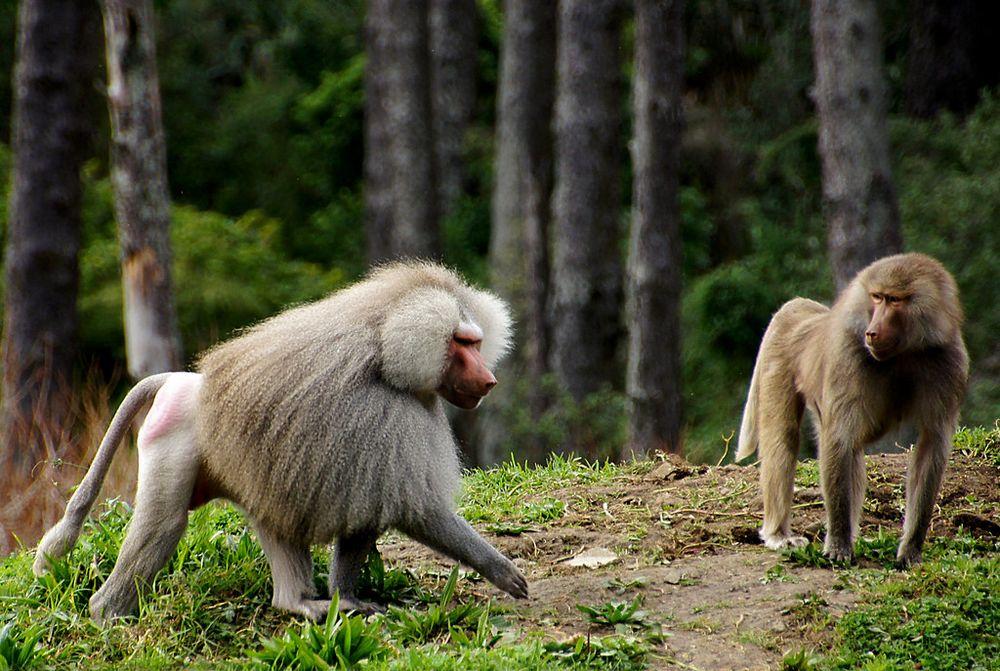
Baboons are another common sight in the savanna. These intelligent primates are known for their social behavior and are often seen in large troops. They are omnivorous and will eat a variety of plants and animals, including insects, fruit, and small mammals.
Lion
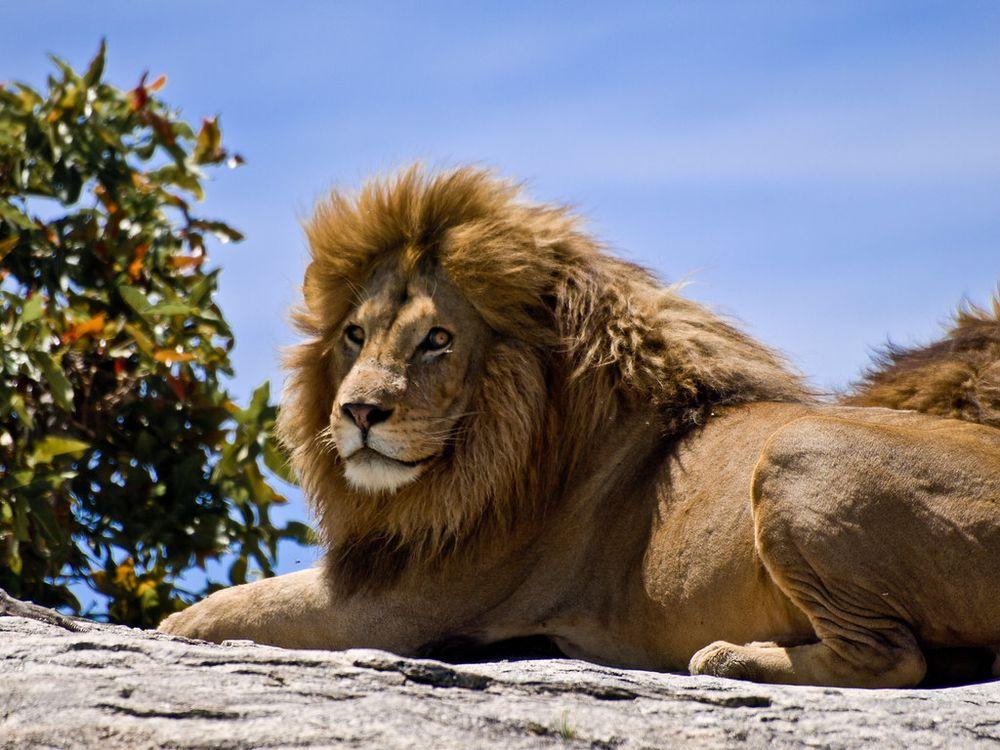
Lions are the apex predators of the savanna and are known for their powerful roar and majestic mane. These cats are found throughout the savanna regions of Africa and are known for their social behavior, living in groups called prides.
Hyena
Hyenas are carnivorous scavengers found throughout the savanna regions of Africa. They have powerful jaws and are known for their distinctive whooping calls. There are three species of hyena found in the savanna: the spotted hyena, the brown hyena, and the aardwolf.
Zebra
Zebras are a common sight on the savanna and are known for their distinctive black and white striped coats. There are three species of zebra found in the savanna: the plains zebra, the mountain zebra, and the Grvy's zebra. Zebras are herbivores and feed on grasses.
Wildebeest
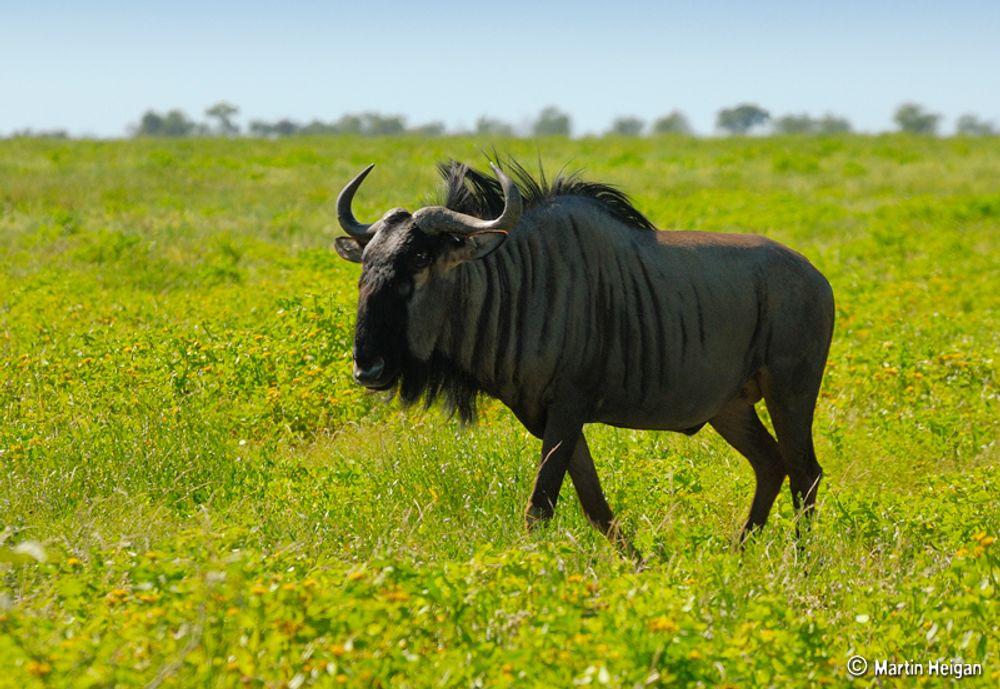
Wildebeest, also known as gnus, are a common sight on the savanna. These hoofed mammals are known for their distinctive curved horns and migratory behavior. There are two species of wildebeest found in the savanna: the blue wildebeest and the black wildebeest.
Gazelle
Gazelles are a type of antelope found throughout the savanna regions of Africa. They are known for their slender bodies and long, pointed horns. There are several species of gazelle found in the savanna, including the Grant's gazelle and the Thompson's gazelle.
Impala
Impalas are another type of antelope found in the savanna. They are known for their distinctive black stripes and powerful leaps, which they use to escape predators. Impalas are herbivores and feed on grasses.
Warthog
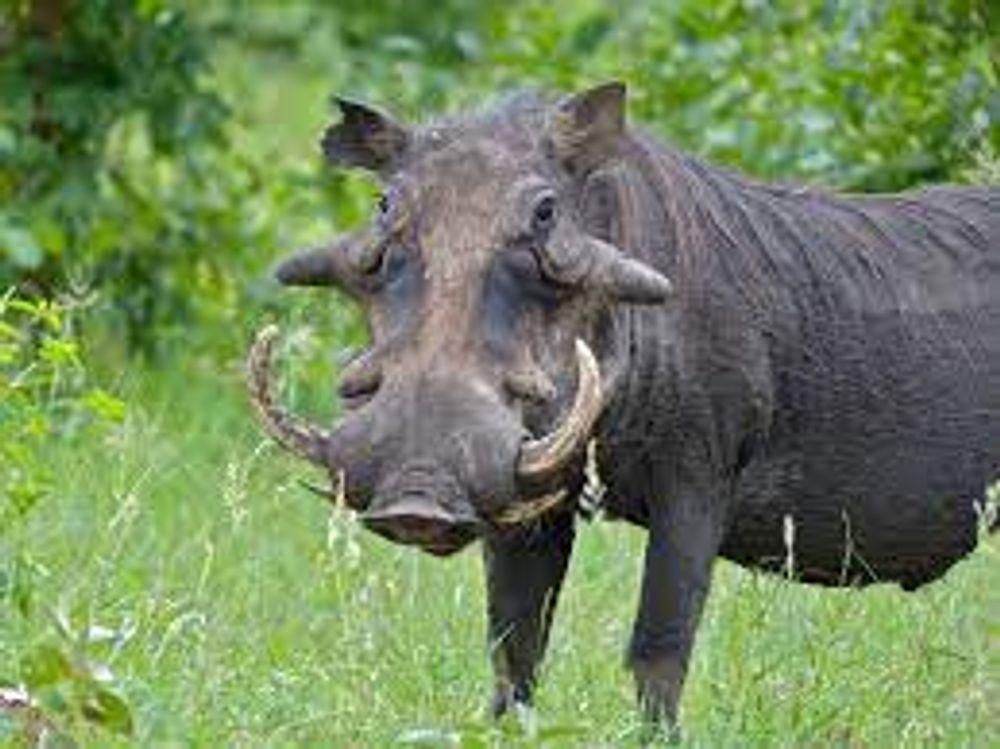
Warthogs are a type of wild pig found in the savanna regions of Africa. They are known for their distinctive tusks and bristly mane. Warthogs are omnivorous and will eat a variety of plants and animals, including roots, fruits, and insects.
Meerkat
Meerkats are small, carnivorous mammals found in the savanna and desert regions of Africa. They are known for their upright posture and social behavior, living in groups called mobs or clans. Meerkats are opportunistic feeders and will eat a variety of small animals and insects.
Vulture
Vultures are large birds of prey found throughout the savanna regions of Africa. There are several species of vulture found in the savanna, including the hooded vulture and the white-backed vulture. Vultures are scavengers and feed on the carcasses of dead animals.
Kudu
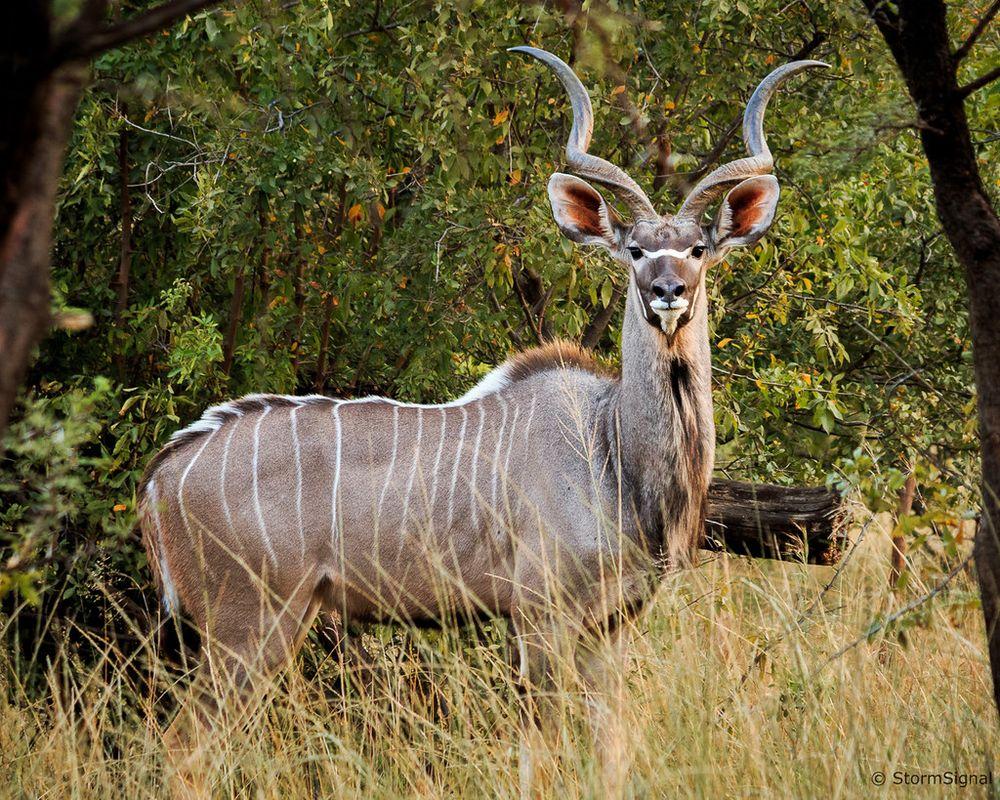
Kudus are a type of antelope found in the savanna and woodland regions of Africa. They are known for their spiral horns and distinctive white stripes on their flanks. Kudus are herbivores and feed on leaves, shoots, and fruit.
Ostrich
Ostriches are the largest birds in the world and are found in the savanna regions of Africa. They are known for their long legs and neck, and are the only birds that do not have the ability to fly. Ostriches are herbivores and feed on plants and fruit.
Crocodile
Crocodiles are large reptiles found in the savanna regions of Africa, South America, and Australia. They are known for their powerful jaws and armored skin. Crocodiles are carnivorous and will eat a variety of animals, including fish, birds, and mammals.
Python
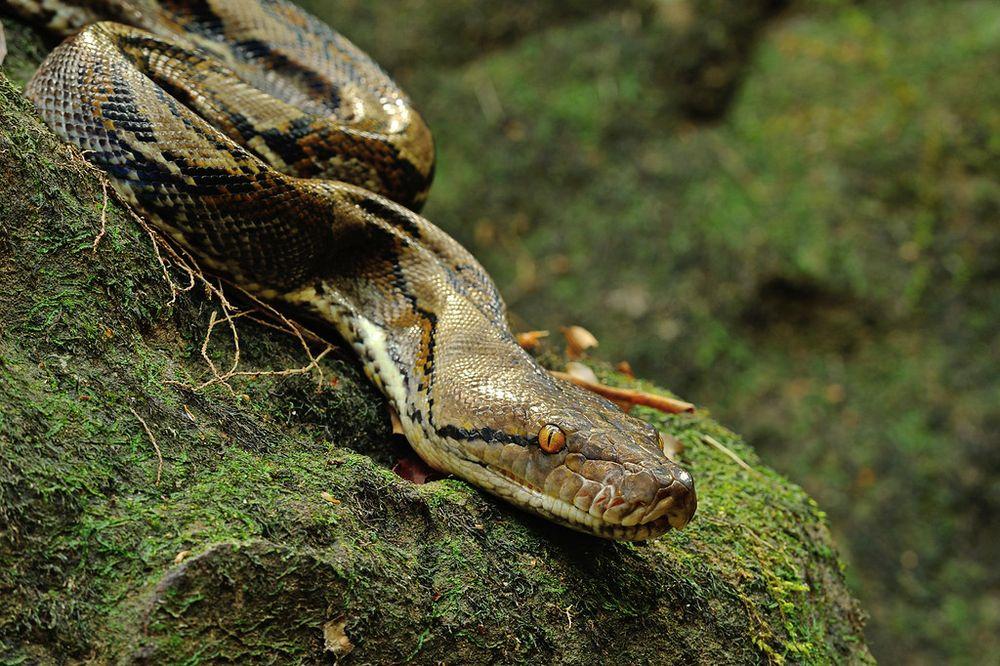
Pythons are a type of large snake found in the savanna regions of Africa and Asia. They are known for their powerful coils and constricting ability. Pythons are carnivorous and will eat a variety of animals, including birds, mammals, and reptiles.
Mongoose
Mongooses are small carnivorous mammals found in the savanna and woodland regions of Africa and Asia. They are known for their agility and ability to kill venomous snakes. Mongooses are omnivorous and will eat a variety of plants and animals, including insects, fruit, and small mammals.
Jackal
Jackals are small carnivorous mammals found in the savanna and desert regions of Africa and Asia. They are known for their distinctive vocalizations and opportunistic feeding behavior. Jackals are omnivorous and will eat a variety of plants and animals, including insects, fruit, and small mammals.
Bushbuck
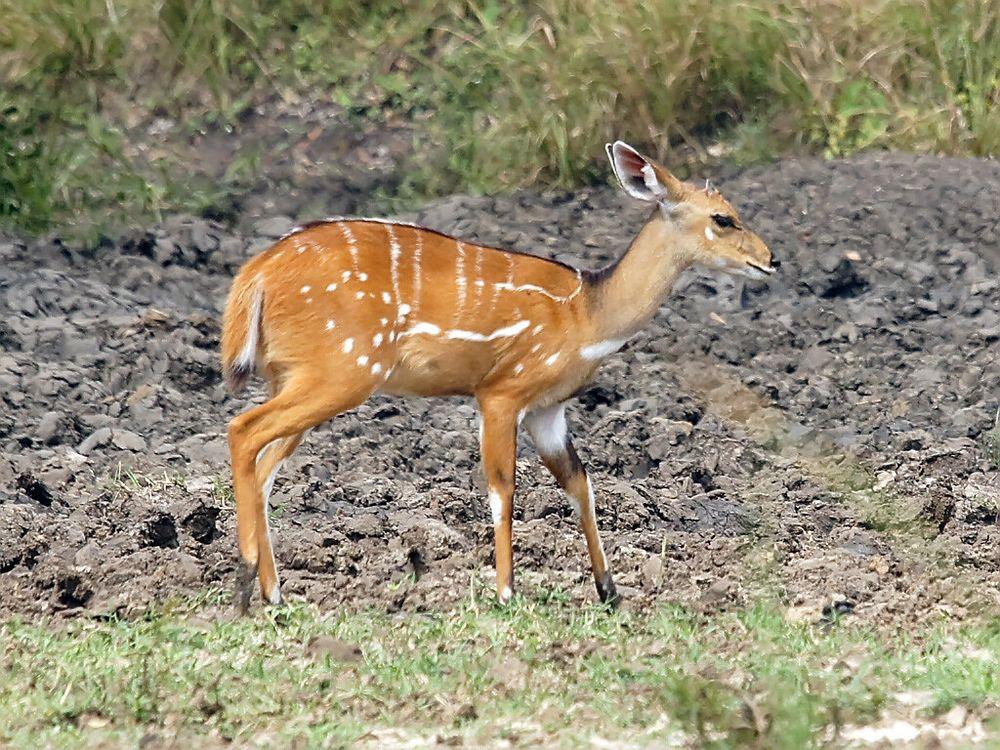
Bushbucks are a type of antelope found in the savanna and woodland regions of Africa. They are known for their spiral horns and distinctive markings on their flanks. Bushbucks are herbivores and feed on leaves, shoots, and fruit.
Waterbuck
Waterbucks are a type of antelope found in the savanna and wetland regions of Africa. They are known for their distinctive white circles on their flanks and their preference for living near water. Waterbucks are herbivores and feed on grasses.
Eland
Elands are a type of antelope found in the savanna and woodland regions of Africa. They are the largest species of antelope and are known for their spiral horns and shaggy coat. Elands are herbivores and feed on grasses.
Duiker
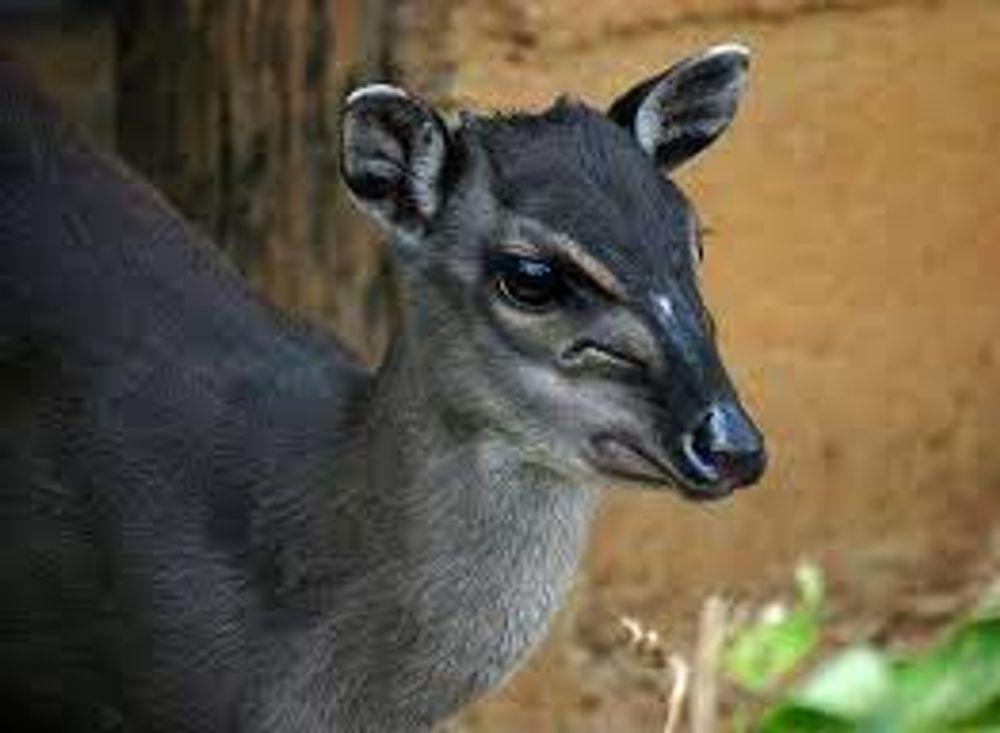
Duikers are a type of small antelope found in the savanna and forest regions of Africa. They are known for their small size and secretive behavior. Duikers are herbivores and feed on leaves and fruit.
Reedbuck
Reedbucks are a type of antelope found in the savanna and wetland regions of Africa. They are known for their distinctive spiral horns and preference for living near water. Reedbucks are herbivores and feed on grasses.
Klipspringer

Klipspringers are a type of small antelope found in the savanna and rocky regions of Africa. They are known for their agile jumping ability and distinctive ridged hooves. Klipspringers are herbivores and feed on leaves and grasses.
The savanna is a unique and vital ecosystem, and these animals play a crucial role in maintaining the balance of the ecosystem. Protecting and preserving the savanna is essential for the survival of these incredible animals.
Savanna and ecosystem

The savanna is a vast grassland ecosystem that plays a vital role in the health and balance of the earth's ecosystems. Located in Africa, South America, and Australia, the savanna is characterized by its rolling grasslands, scattered trees, and seasonal rainfall.
One of the most important functions of the savanna is its role as a habitat for a diverse array of plants and animals. From the tall grasses that provide food for herbivores to the scattered trees that provide shelter and shade, the savanna is a place of life and sustenance for countless species.
In addition to providing habitat, the savanna also plays a key role in the carbon cycle. The grasses and trees of the savanna absorb carbon dioxide from the atmosphere and store it in their roots, leaves, and wood.
This process helps to mitigate the effects of climate change and maintain the balance of the earth's ecosystems. Despite its importance, the savanna faces numerous threats, including habitat loss, poaching, and climate change.
Protecting and preserving the savanna is essential for the survival of its incredible plants and animals, and for the health of the earth as a whole. From its vast grasslands to its scattered trees, the savanna is a place of beauty and wonder that plays a vital role in the health of the planet. It is up to us to protect and preserve this incredible ecosystem for future generations.
Threats to the Savanna Ecosystem and How to Protect It
The savanna is a vast grassland ecosystem that is home to a diverse array of plants and animals. Located in Africa, South America, and Australia, the savanna is characterized by its rolling grasslands, scattered trees, and seasonal rainfall.Despite its beauty and abundance of life, the savanna is facing numerous threats that could have serious consequences for its plants and animals.
Here are some of the main threats to the savanna ecosystem and how we can help to protect it:

Habitat loss
One of the biggest threats to the savanna is habitat loss due to human development. As more and more land is converted for agriculture, housing, and other purposes, the savanna is being fragmented and destroyed.
This leaves fewer places for savanna plants and animals to live, and can have serious consequences for their survival.To help protect the savanna, we can work to preserve and restore natural habitats, and encourage sustainable development practices that minimize the impact on the environment.
Poaching
Another major threat to the savanna is poaching, which refers to the illegal hunting of plants and animals. Many species found in the savanna, such as elephants and rhinos, are targeted by poachers for their valuable ivory, horns, and other body parts.
This illegal trade not only threatens the survival of these species, but also disrupts the balance of the savanna ecosystem. To help combat poaching, we can support organizations that work to enforce anti-poaching laws, and educate people about the negative impacts of this illegal trade.
Climate change
Climate change is also a threat to the savanna, as rising temperatures and changing rainfall patterns can alter the habitat and impact the survival of its plants and animals. For example, prolonged droughts can cause grasses to die off, leading to a decline in herbivores that depend on these plants for food.
To help mitigate the effects of climate change on the savanna, we can reduce our carbon emissions and support efforts to protect and restore natural habitats. The savanna is a unique and vital ecosystem that plays a crucial role in the health and balance of the earth's ecosystems. By taking action to protect and preserve the savanna, we can ensure that its incredible plants and animals thrive for generations to come.
The Rich Culture and History of the Savanna Region

The savanna is more than just a vast grassland ecosystem; it is also a region with a rich culture and history. Located in Africa, South America, and Australia, the savanna has played a significant role in the development of human societies and has inspired art, music, and literature for centuries.
One of the most enduring aspects of savanna culture is the importance of community. In many savanna societies, family and community ties are strong and play a central role in daily life.
Hospitality is also a key part of savanna culture, and visitors are often welcomed with open arms and treated with kindness and generosity. The savanna has also played a central role in the development of religion and spirituality. Many savanna societies have traditional beliefs and practices that are closely tied to the natural world and the spirits of the land.

Art and music are also integral parts of savanna culture. From the intricate beadwork and carving of the Maasai in Africa to the vibrant paintings and sculptures of the indigenous people of South America, the savanna has a rich artistic tradition.
Music is also an important part of savanna culture, with traditional instruments and rhythms that reflect the rhythms of nature. The savanna has also played a significant role in the history of exploration and colonization.
From the Portuguese explorers who first encountered the savanna in the 15th century to the European powers that later partitioned the region, the savanna has a complex and often tumultuous history.
Today, the savanna is home to a diverse array of cultures and societies, each with its own unique traditions and history. Whether you are exploring the bustling markets of West Africa or the remote villages of the Amazon, the savanna is a place of endless discovery and cultural richness.
Conclusion
The savanna is a vast grassland ecosystem that is home to a diverse array of plants and animals. From majestic herbivores like elephants and giraffes to powerful predators like lions and cheetahs, the savanna is teeming with life.
In addition to its large mammals, the savanna is also home to a variety of smaller animals, including birds, reptiles, and insects. From the bright plumage of the flamingo to the stealthy movements of the python, the savanna is a place of endless discovery.
Despite its beauty and abundance of life, the savanna faces numerous threats, including habitat loss, poaching, and climate change. Habitat loss is a major threat to the savanna, as more and more land is converted for agriculture, housing, and other purposes.
This leaves fewer places for savanna plants and animals to live, and can have serious consequences for their survival. Poaching is another major threat to the savanna, as many species are targeted by poachers for their valuable ivory, horns, and other body parts.
This illegal trade not only threatens the survival of these species, but also disrupts the balance of the savanna ecosystem. Climate change is also a threat to the savanna, as rising temperatures and changing rainfall patterns can alter the habitat and impact the survival of its plants and animals.

Protecting and preserving the savanna is essential for the survival of its incredible plants and animals. This can be achieved through a variety of methods, including preserving and restoring natural habitats, enforcing anti-poaching laws, and reducing carbon emissions.
By taking action to protect and preserve the savanna, we can ensure that its incredible plants and animals thrive for generations to come. Whether you are marveling at the sight of a herd of elephants on the horizon or listening to the chorus of birds at dawn, the savanna is a place of wonder and beauty that should be treasured and protected for future generations.
From its vast grasslands to its scattered trees, the savanna is a unique and vital ecosystem that plays a crucial role in the health and balance of the earth's ecosystems. It is up to us to protect and preserve this important place.



